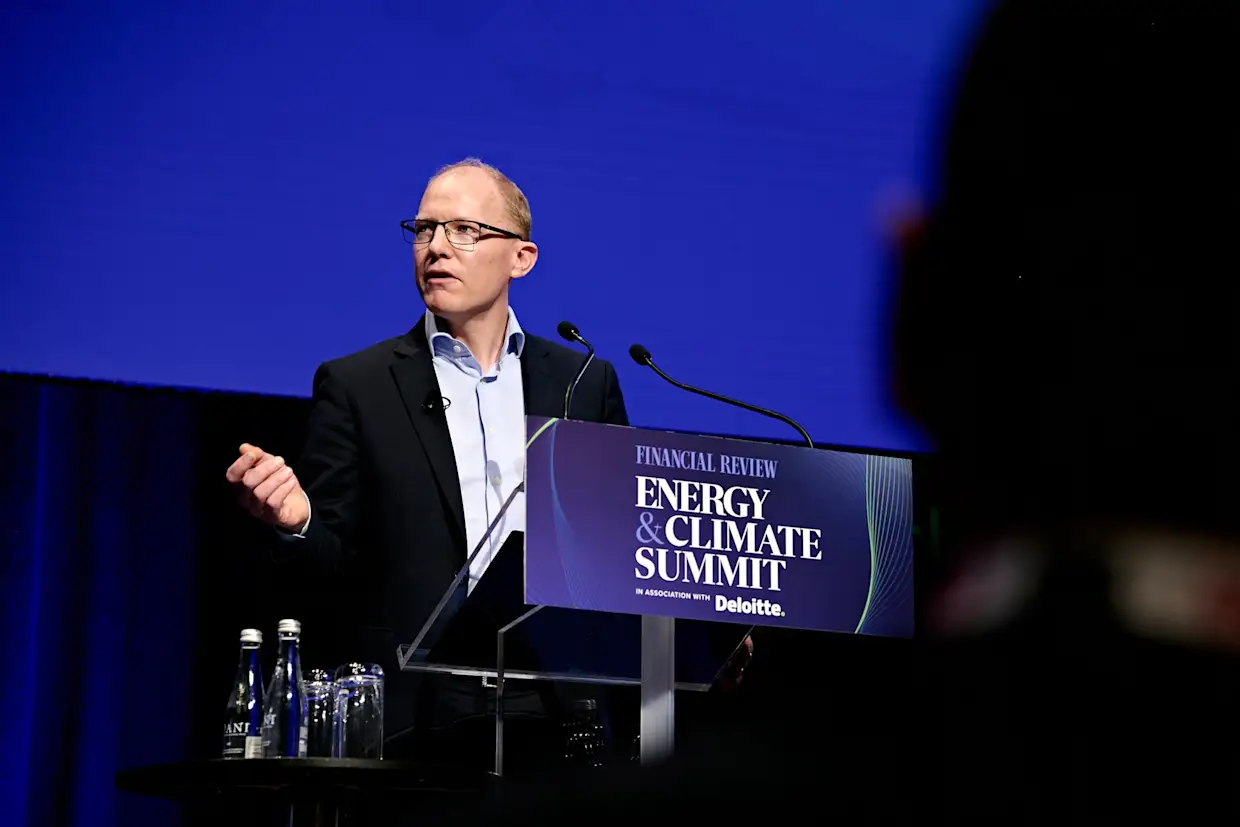
Australia's rooftop solar boom is genuinely impressive. Over half the homes in many regions have panels, battery installations are surging with government rebates, and we're generating more distributed energy than almost anywhere else in the world.
But here's the problem: all this decentralised power is creating coordination headaches for the grid. And the proposed solution (Virtual Power Plants) is falling flat because energy retailers have completely botched the pitch.
The coordination challenge is real
Daniel Westerman, CEO of the Australian Energy Market Operator (AEMO), is right about one thing: we need Virtual Power Plants (VPPs). VPPs coordinate household batteries and solar systems to act as a single, reliable resource for the grid. In theory, they're exactly what Australia needs.
In practice? Australians aren't interested. And honestly, can you blame them?
Despite efforts from major retailers, VPPs remain a tough sell. When you've just dropped thousands of dollars on solar panels and batteries, handing control over to energy companies you don't trust isn't exactly appealing, especially when the value proposition is vague at best.
Why this matters right now
The urgency isn't theoretical. Australia's coal-fired power stations are approaching retirement. In South Australia, rooftop solar already exceeds total electricity demand during peak sunshine hours on some days. That's actually remarkable progress.
It's also creating the "duck curve" problem. Traditional power plants have to rapidly ramp production up and down to accommodate solar's intermittency, which is expensive and inefficient. Coordinating battery storage across thousands of homes could solve this - if anyone actually wanted to participate.
The trust problem no one's addressing
Westerman says some homeowners will always prefer autonomy, and he's putting the responsibility on retailers to bridge the trust gap. Fair enough. But let's be honest about why that gap exists.
Energy retailers have spent years frustrating Australians with rising bills, confusing pricing, and opaque practices. Now they're asking those same people to surrender control of expensive equipment they personally own. The fact that adoption is low shouldn't surprise anyone.
"Retailers through the market will be able to create value for consumers in the same way that they had with solar itself," Westerman suggests.
That's optimistic. Solar succeeded because it gave households control and clear financial benefits. Traditional VPP offers do neither.
What actually needs to change
If VPPs are going to work (and they should) here's what needs to happen:
Drop the complexity. Current VPP products are confusing messes of technical jargon and convoluted pricing structures. Simplify or fail.
Show the actual money. Homeowners need clear, quantifiable evidence of returns. Not vague promises: real numbers based on real wholesale prices.
Control, not surrender. Programs that let households set boundaries whilst contributing to grid management will work. Programs that demand total control won't.
Earn back trust. After years of bill shock and opaque pricing, retailers need to prove they're acting in customers' interests. Words won't cut it - transparency and fair compensation will.
The bigger picture looks good (if we don't screw this up)
Beyond VPPs, AEMO's latest forecasts are actually encouraging about grid reliability (assuming planned renewable projects come online as scheduled). The organisation is investing in synchronous condensers and grid-forming battery technology to replace the stability services coal plants currently provide.
Even with rising transmission and wind costs, renewables paired with storage remain the most economical path forward for replacing ageing coal infrastructure. The economics work.
What doesn't work is asking Australians to participate in programs that extract value without offering fair compensation.
The technology is ready. The offers aren't.
Australia's energy transition is succeeding at the household level. The next phase requires connecting these individual investments into a coordinated network that amplifies their impact.
VPPs are that critical link. But only if retailers stop designing programmes that prioritise their profits over customer control and fair compensation.
The grid needs coordination. Households deserve transparent benefits and real control over their equipment. Get both right, and VPPs will work. Keep offering subpar programmes, and don't be surprised when Australians keep saying no.
How Amber does VPPs differently
We built our VPP because traditional retailers were getting it wrong. You shouldn't have to choose between earning good returns and maintaining control of your battery.
Your battery, your rules: Set your own backup reserves, choose participation levels, adjust settings whenever you want. Real-time transparency, no black boxes.
Wholesale prices, not retailer margins: When your battery discharges during peak demand, you earn the actual wholesale rate. During high-price events, your returns can be substantial. Many of our VPP customers are earning over $1,000 in additional value each year because they're getting paid what their energy is actually worth, not what a retailer decides to offer.
Smart automation you control: Our technology optimises charge and discharge cycles based on real-time wholesale prices and your personal settings. Want to override it? Go ahead - it's your battery.
Transparent pricing, always: Wholesale prices, our flat monthly fee, and exactly how much you're earning from VPP participation. No tricks, no hidden fees.
Tens of thousands of Amber customers are already participating in our VPP, earning strong returns whilst maintaining full control. Because VPPs can work when they're built with customers' interests first.
Ready to see what a VPP should actually look like? Check out Amber for Batteries and join thousands who are earning real returns whilst keeping full control of their batteries.










